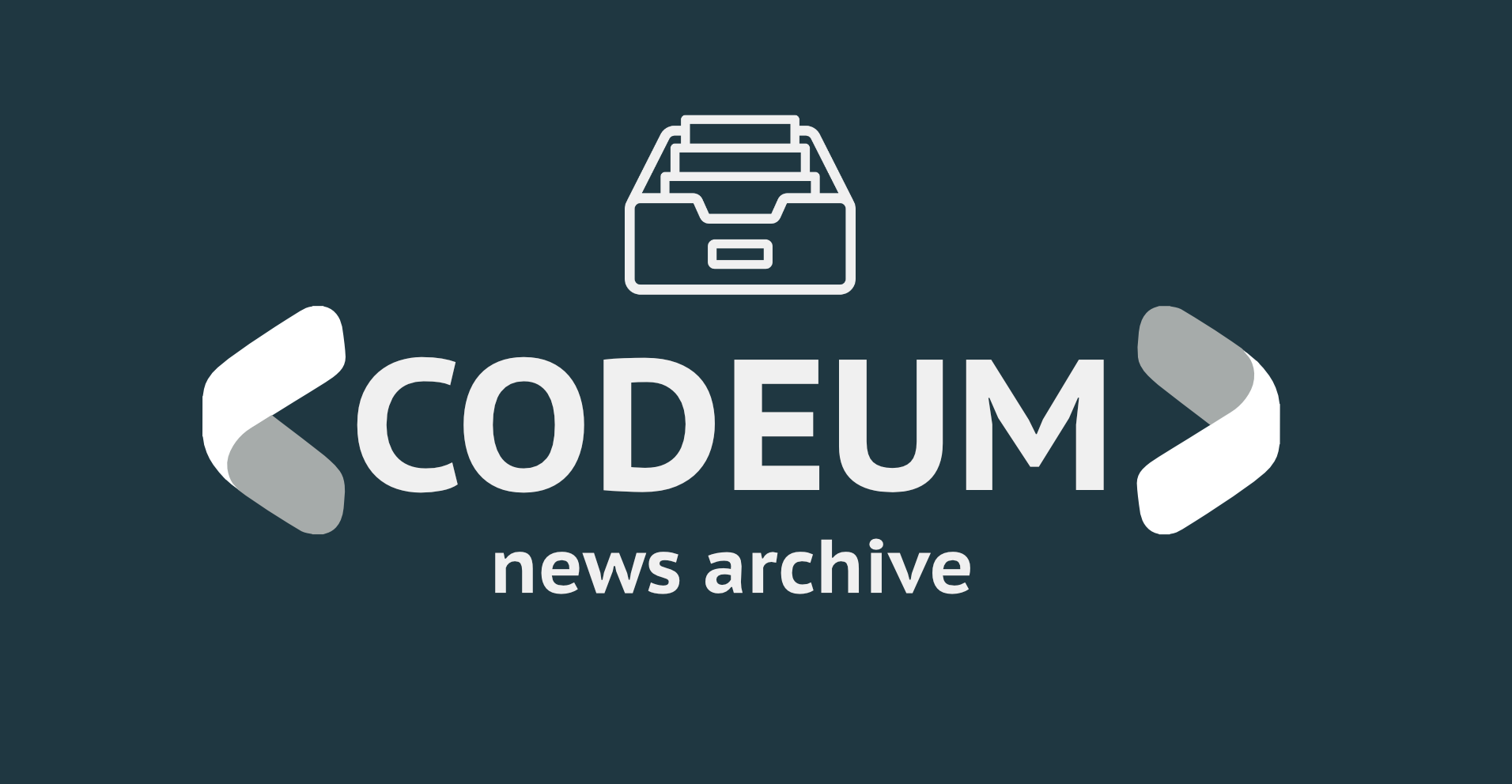
Michael Saylor Explains Why Bitcoin’s Lightning Network Is ‘Very Interesting’
On Tuesday (1 November 2022), Michael Saylor, Co-Founder and Executive Chairman at business intelligence software company MicroStrategy Inc. (nasdaq: MSTR), talked about Bitcoin’s Lightning Network during his firm’s Q3 2022 earnings call.
It is worth remembering that on 11 August 2020, MicroStrategy announced via a press release that it had “purchased 21,454 bitcoins at an aggregate purchase price of $250 million” to use as a “primary treasury reserve asset.”
Saylor said at the time:
“Our decision to invest in Bitcoin at this time was driven in part by a confluence of macro factors affecting the economic and business landscape that we believe is creating long-term risks for our corporate treasury program ― risks that should be addressed proactively.“
Since then MicroStrategy has continued to accumulate Bitcoin and its former CEO has become one of Bitcoin’s most vocal advocates. MicroStrategy’s latest $BTC purchase, which Saylor tweeted about on 20 September 2022, means that the firm is now HODLing around 130,000 bitcoins, which were “acquired for ~$3.98 billion at an average price of ~$30,639 per bitcoin.”
Here is how Binance Academy explains what the Lightning Network is:
“The Lightning Network is a network that sits on top of a blockchain to facilitate fast peer-to-peer transactions. It’s not exclusive to Bitcoin – other cryptocurrencies such as Litecoin have integrated it. You might be wondering what we mean by “sits on top of a blockchain.” The Lightning Network is what’s called an off-chain or layer two solution. It allows individuals to transact without having to record every transaction on the blockchain.
“The Lightning Network is separate from the Bitcoin network – it has its own nodes and software, but it nonetheless communicates with the main chain. To enter or exit the Lightning Network, you need to create special transactions on the blockchain. What you’re actually doing with your first transaction is building a sort of smart contract with another user.“
Anyway, according to the transcript of the Q3 2022 Earnings Call by The Motley Fool, Saylor said:
“Block upgraded Cash App and Cash up is a 40 million user type mobile application, and they upgraded it in their support of Lightning. So now they can send and receive lightning to Cash App mobile application instances. And they did it with a universal barcode.
“And so, that means that I can hold the barcode up on my phone, and you can scan it, and it will either send a Bitcoin on the base layer, the Layer 1, if that’s what you requested or it will send it on the Lightning layer. We’re already seeing this create a massive amount of enthusiasm in the Lightning development community.
“It’s launched a lot more lightning wallets. It’s launched a lot more vendor interest in taking Bitcoin as lightening payments. And One of the more interesting stories right now is a supermarket chain call Pick-N-Pay, all around South Africa. Pick-N-Pay rolled out Lightning payments to 40 of their stores in production as the second stage of their Bitcoin adoption.
“And that appears to have been successful. There are a lot of videos circulating around and people going in and paying in a matter of seconds via Lightning transactions off of Android and iPhones, but the more important point is that their stated plan is to deploy Bitcoin Lightning support to 1,628 stores. So the broad-based adoption of Bitcoin as a medium of exchange via Lightning technology is now being taken seriously with the Cash App example, with the Pick-N-Pay example. This is getting a lot of attention in the community. And of course, the benefit to the retailer would be not only is it almost no fee, but it’s also instant settlement…
“And of course, it also becomes a matter of passion to the merchants because if the merchants can’t get paid in hard currency, and they have to go through multiple layers of credit, then their businesses are also at risk. So that’s a great fundamental development to Bitcoin, because traditionally, the view of Bitcoin is it’s just a store of value because it runs on a level one transaction network with only seven transactions a second.
“But now that people are saying that it’s infinitely scalable over the Lightning Network, it’s not just the store value. It’s a game-changing technology that you can build into a mobile app on billions and billions of mobile devices. And so, this is becoming very, very interesting and it’s changing the narrative with regard to Bitcoin.“
Saylor first tweeted about the Lightning Network on 26 May 2021:
On 4 September 2022, CoinDesk reported that Saylor had spoken (via a video call) on Saturday (September 3) to an audience at the Baltic Honeybadger conference in Riga, Latvia, and that he had this to say about what his firm is doing with the Lightning Network:
“MicroStrategy has got some R&D projects going on right now where we’re working on enterprise applications of Lightning: enterprise Lightning wallet, enterprise Lightning servers, enterprise authentication.“
He also explained why he believes that Lightning has a great future:
“The advantage of Lightning is not just that you could scale up bitcoin for billions of people, or drive the transaction cost to nearly nothing, but also, the ethos of bitcoin is to go very carefully and not move fast on the base layer without the universal consensus, but in Lightning, you can move much more aggressively developing functionality and take more risks with the applications than you can with the underlying bitcoin layer.“
In late September, MicroStrategy started looking for a Lighning software engineer to help them “build a Lightning Network-based SaaS platform, providing enterprises with innovative solutions to cyber-security challenges and enabling new eCommerce use-cases.”
On 4 October 2022, Saylor confirmed that — despite what Stockholm-based software engineer Eric Wall thinks — he has done more three Bitcoining Lightning transactions during his lifetime:
Image Credit
Featured Image via Pixabay
Source link